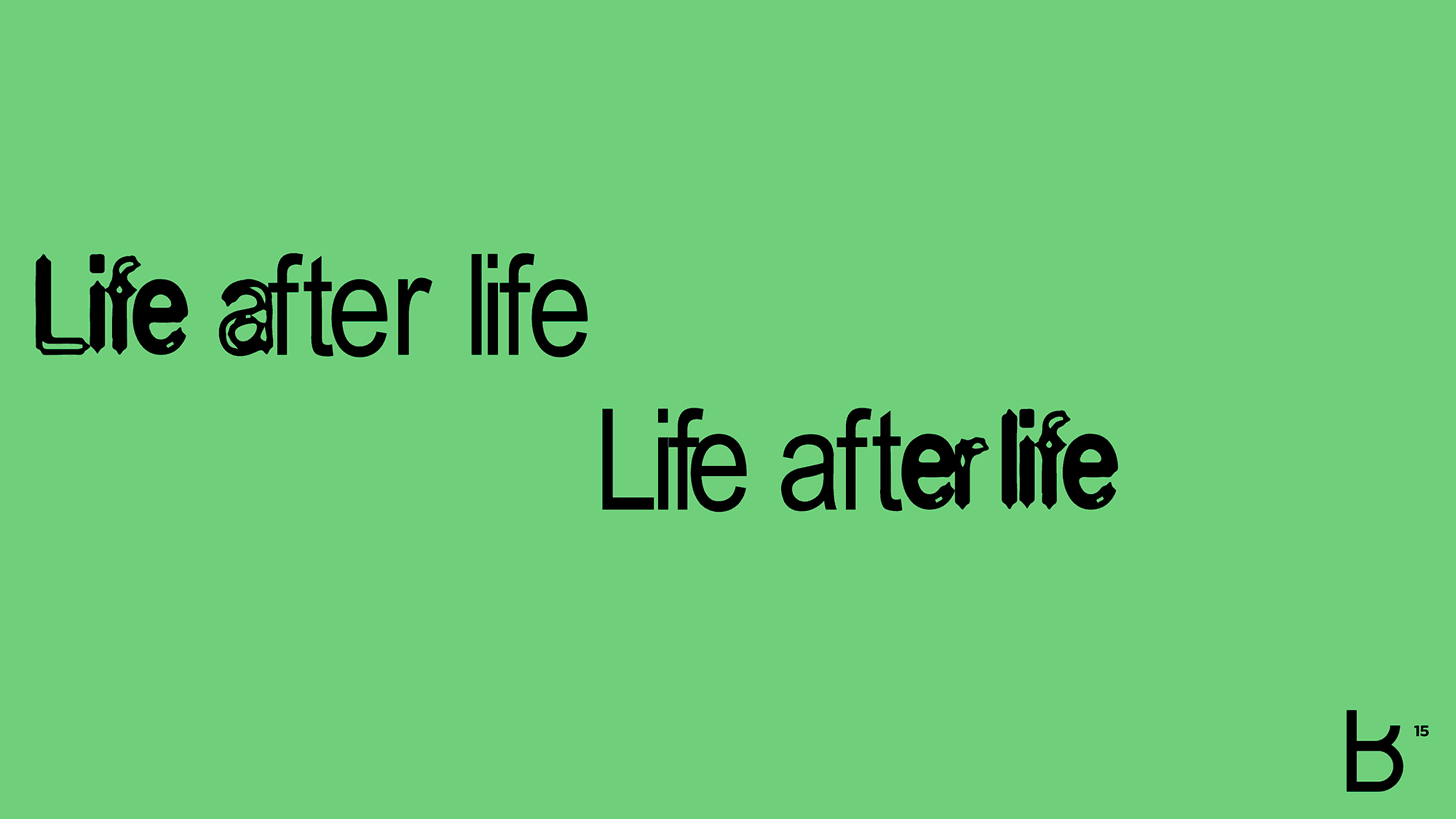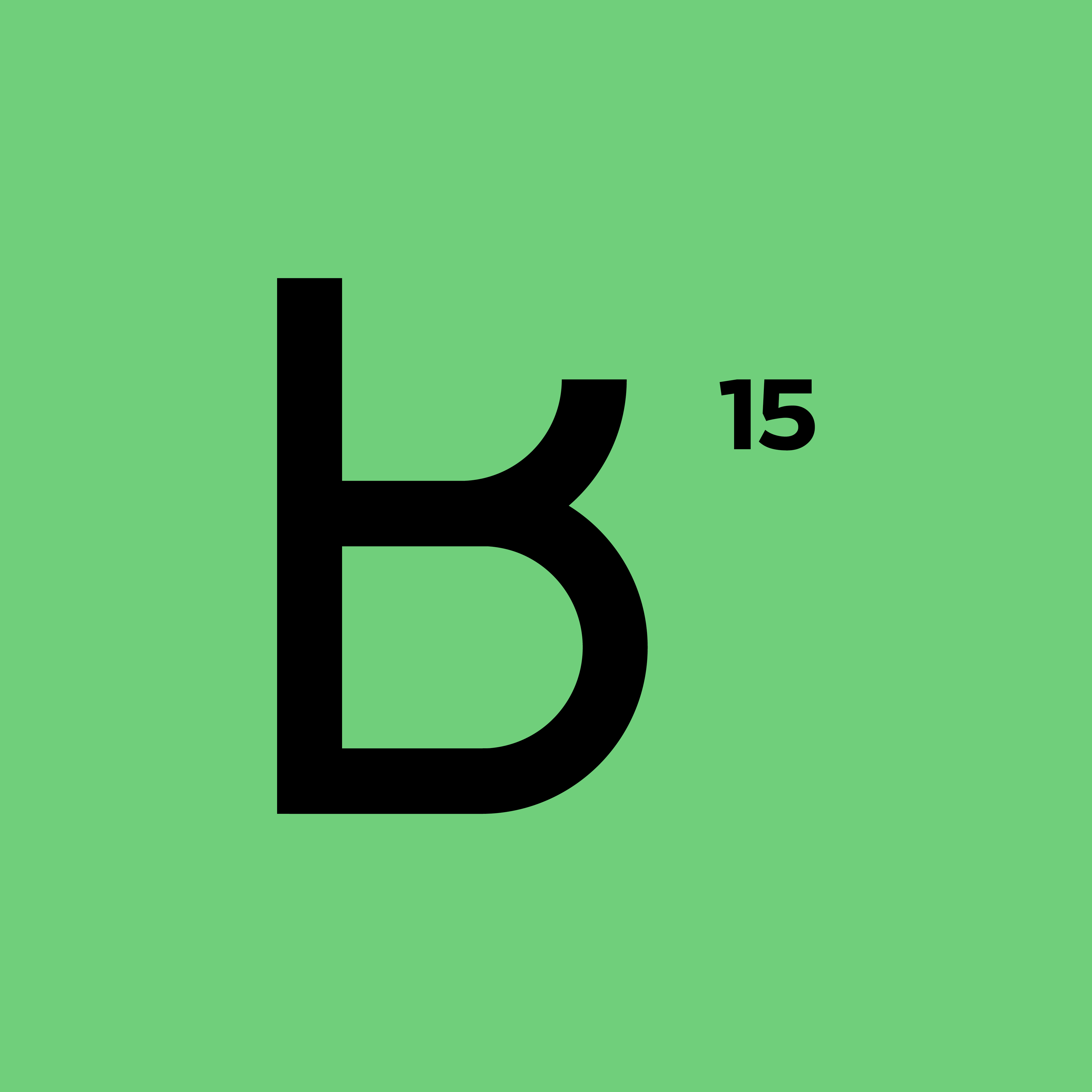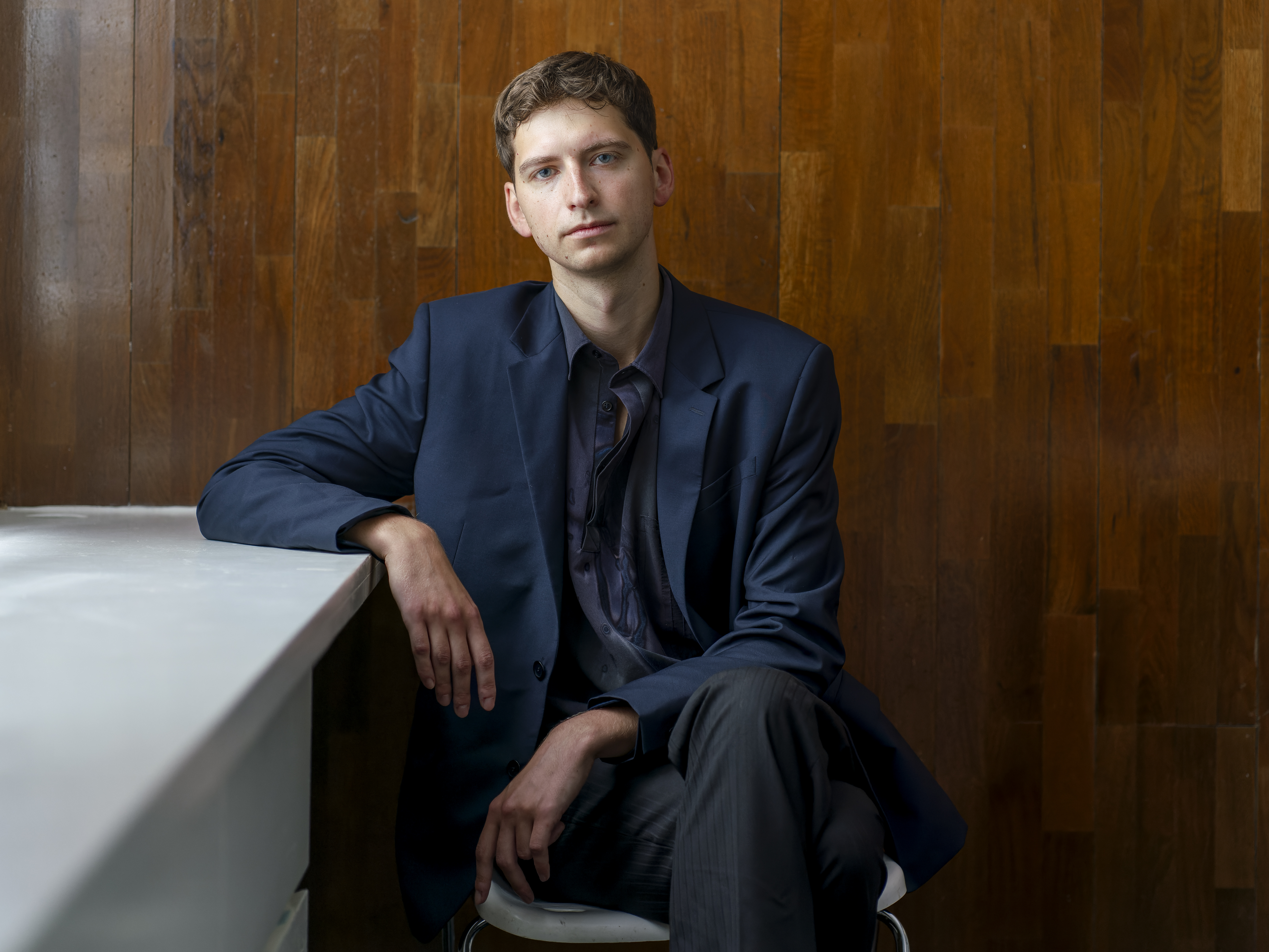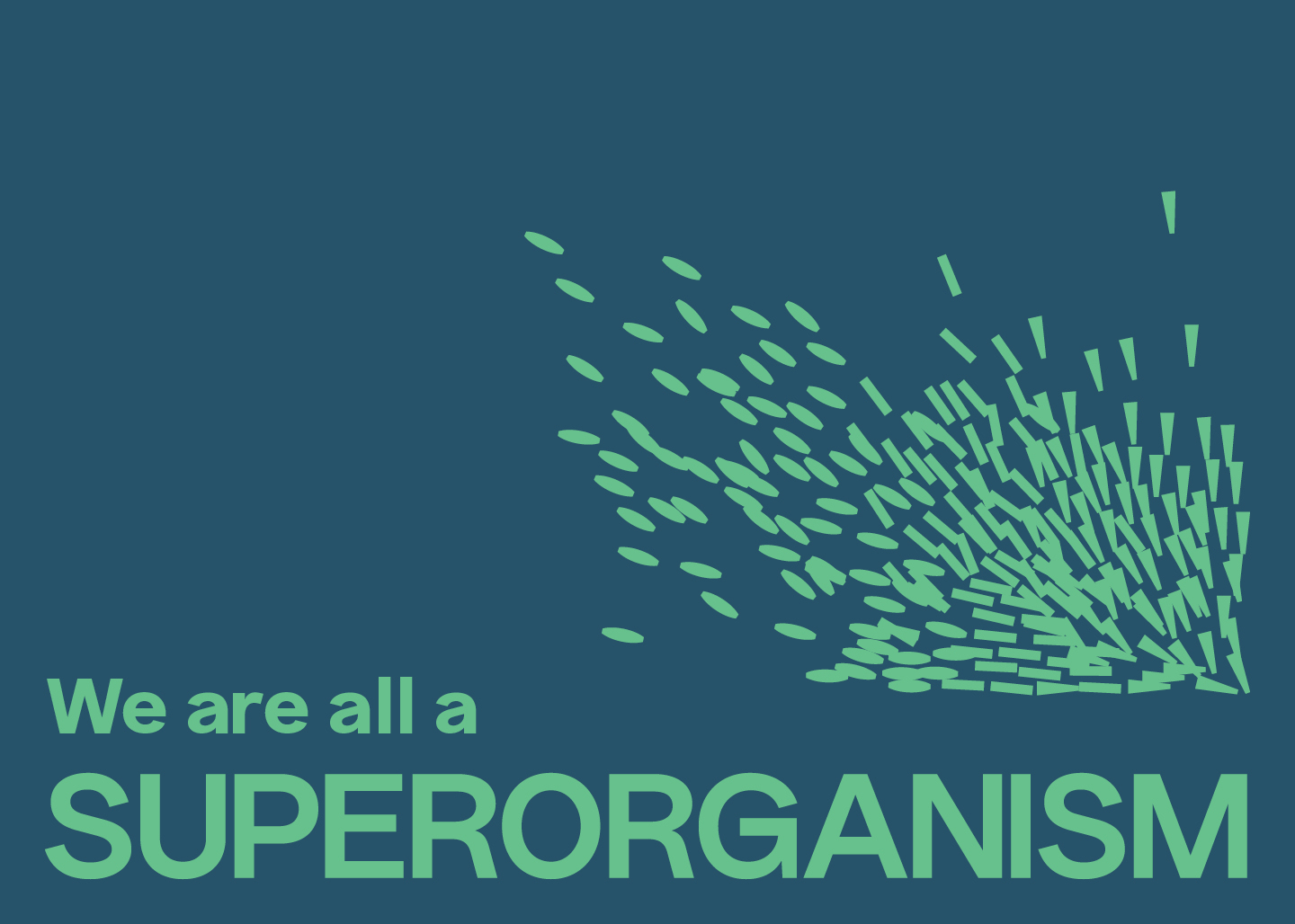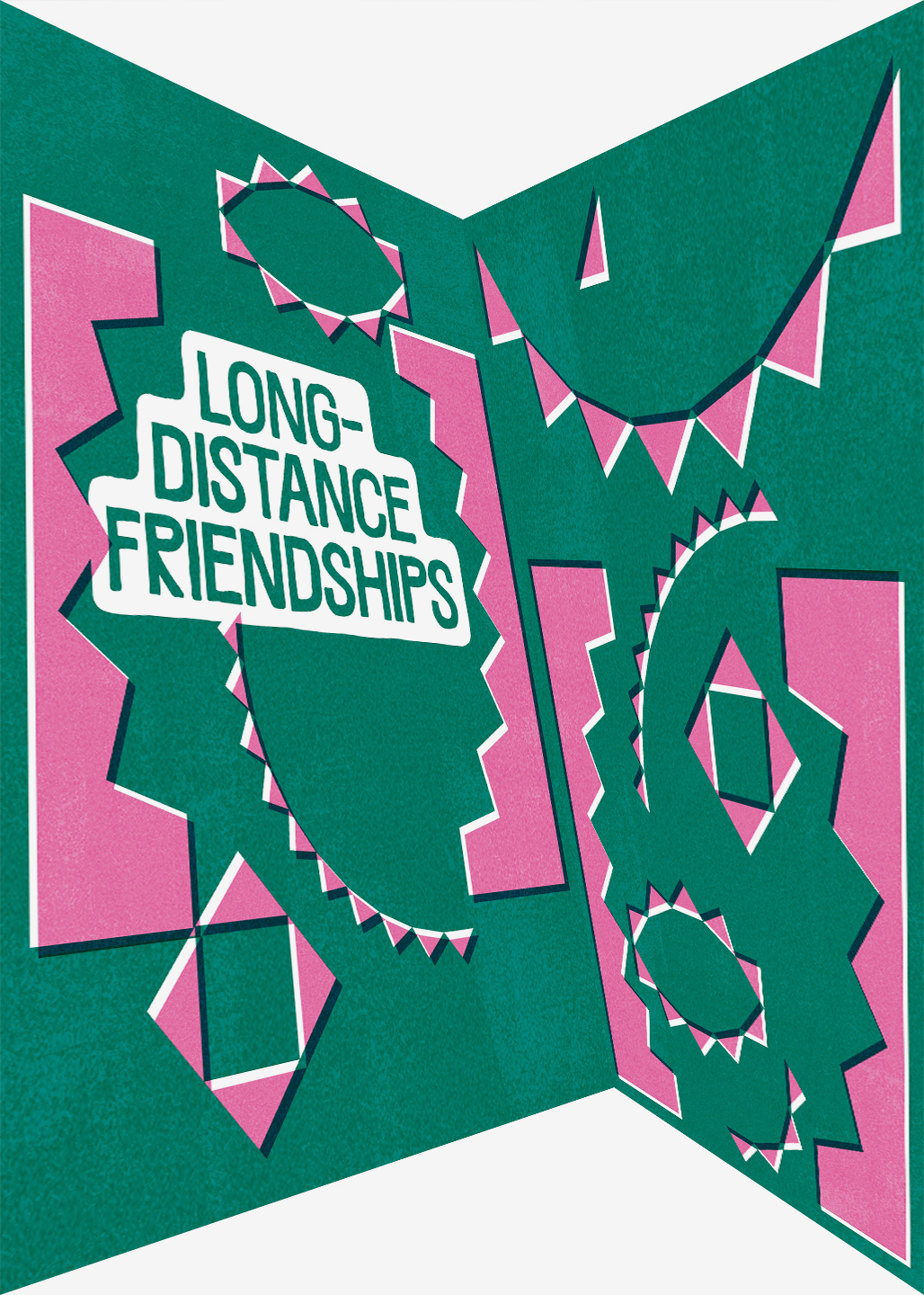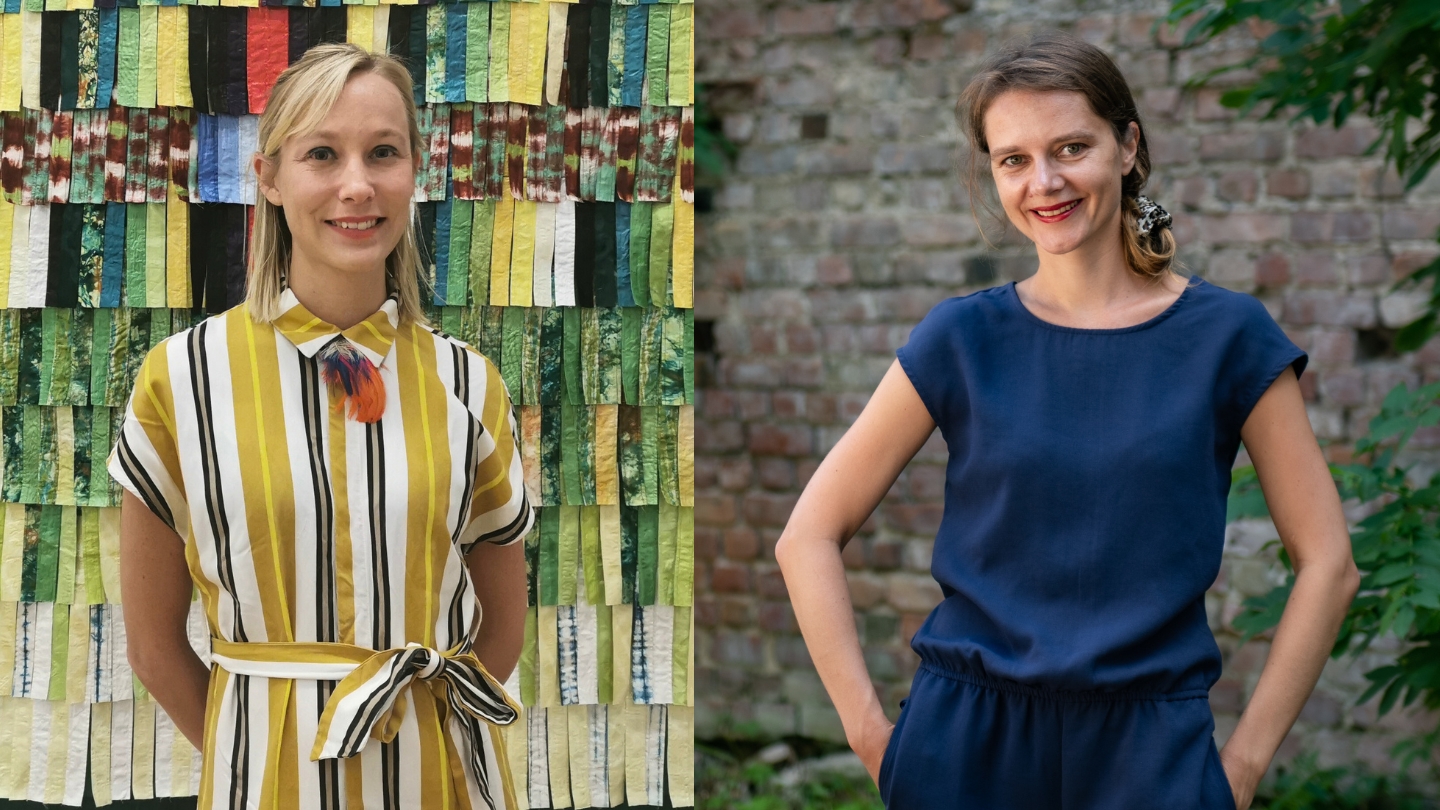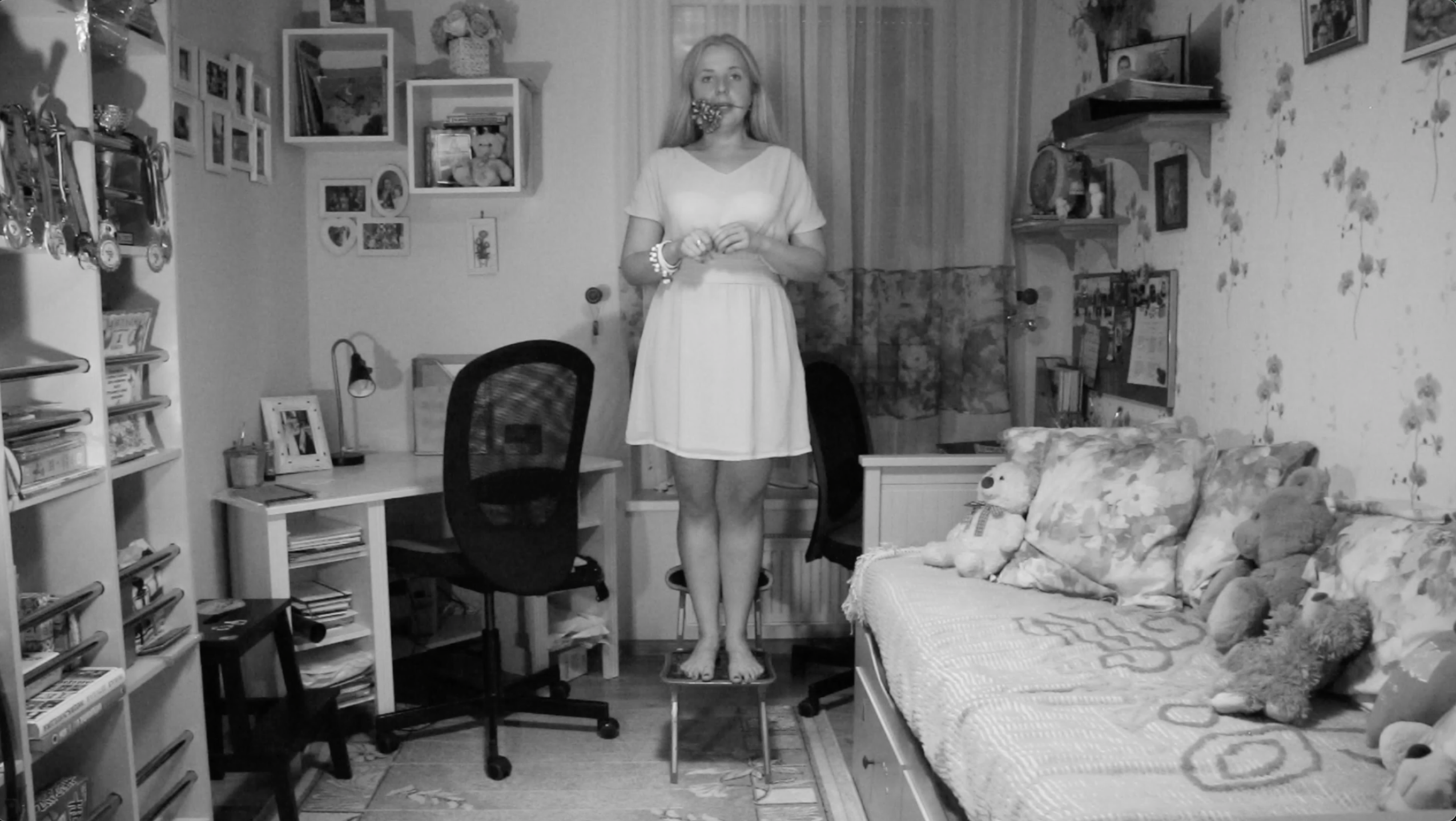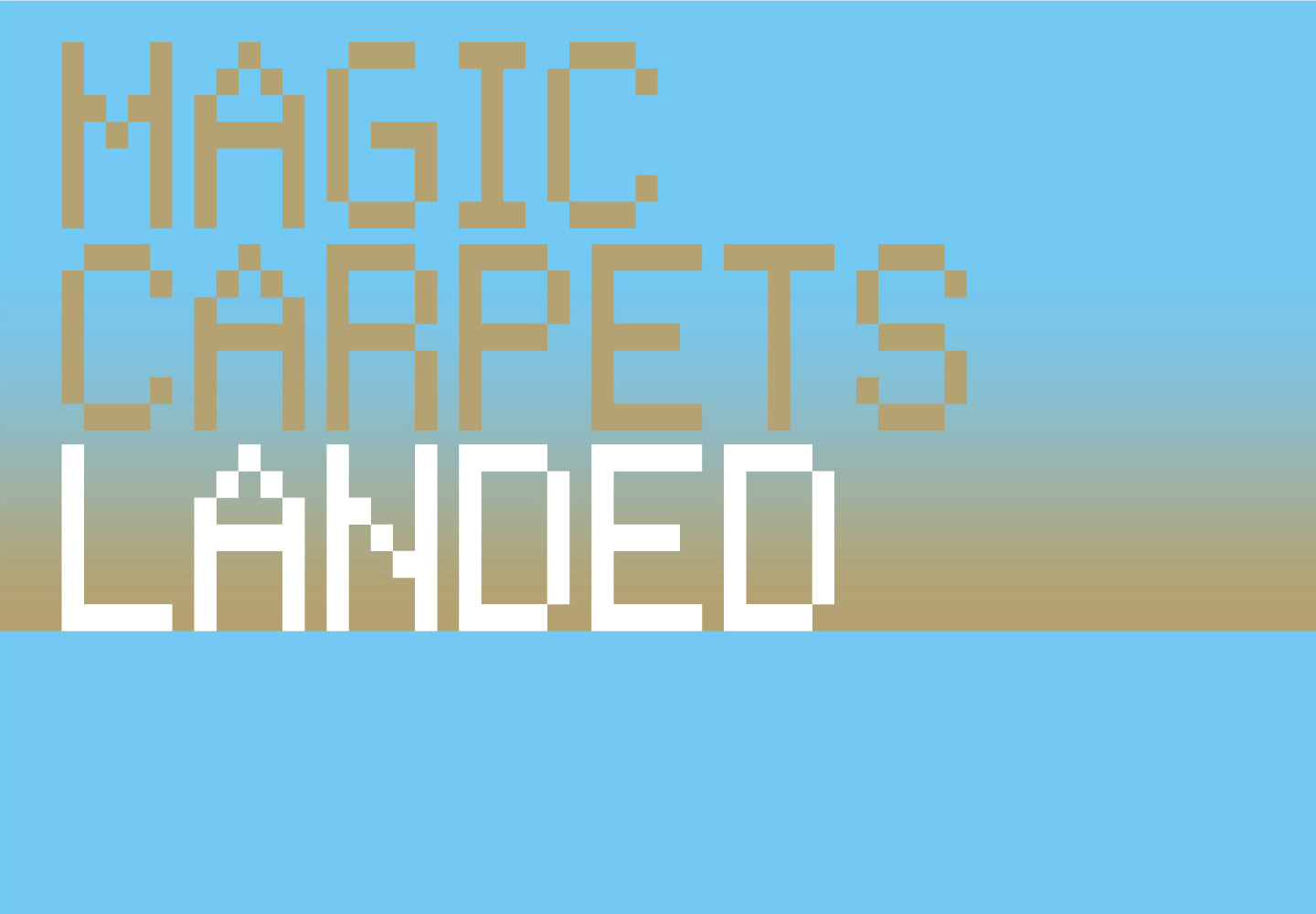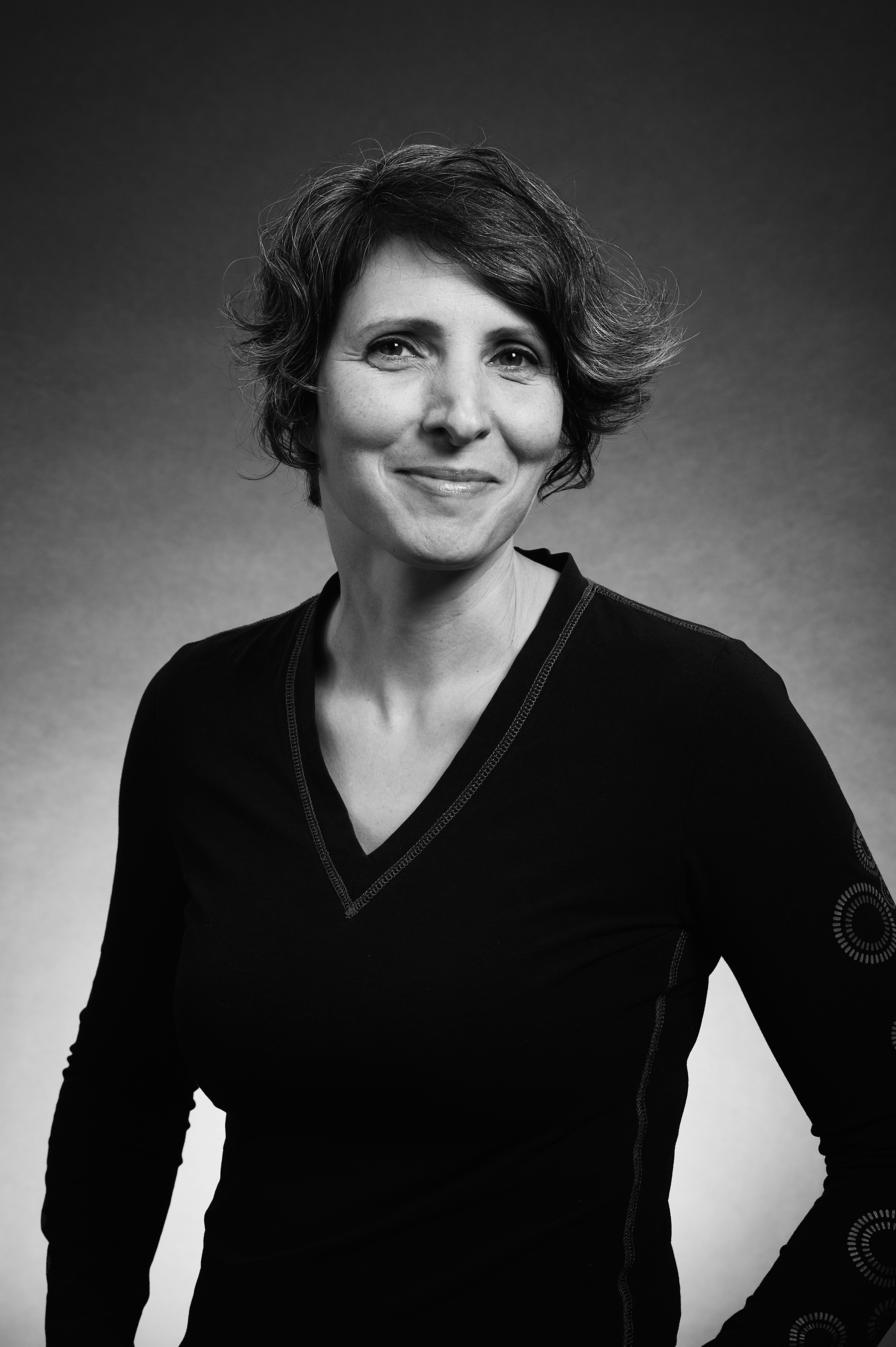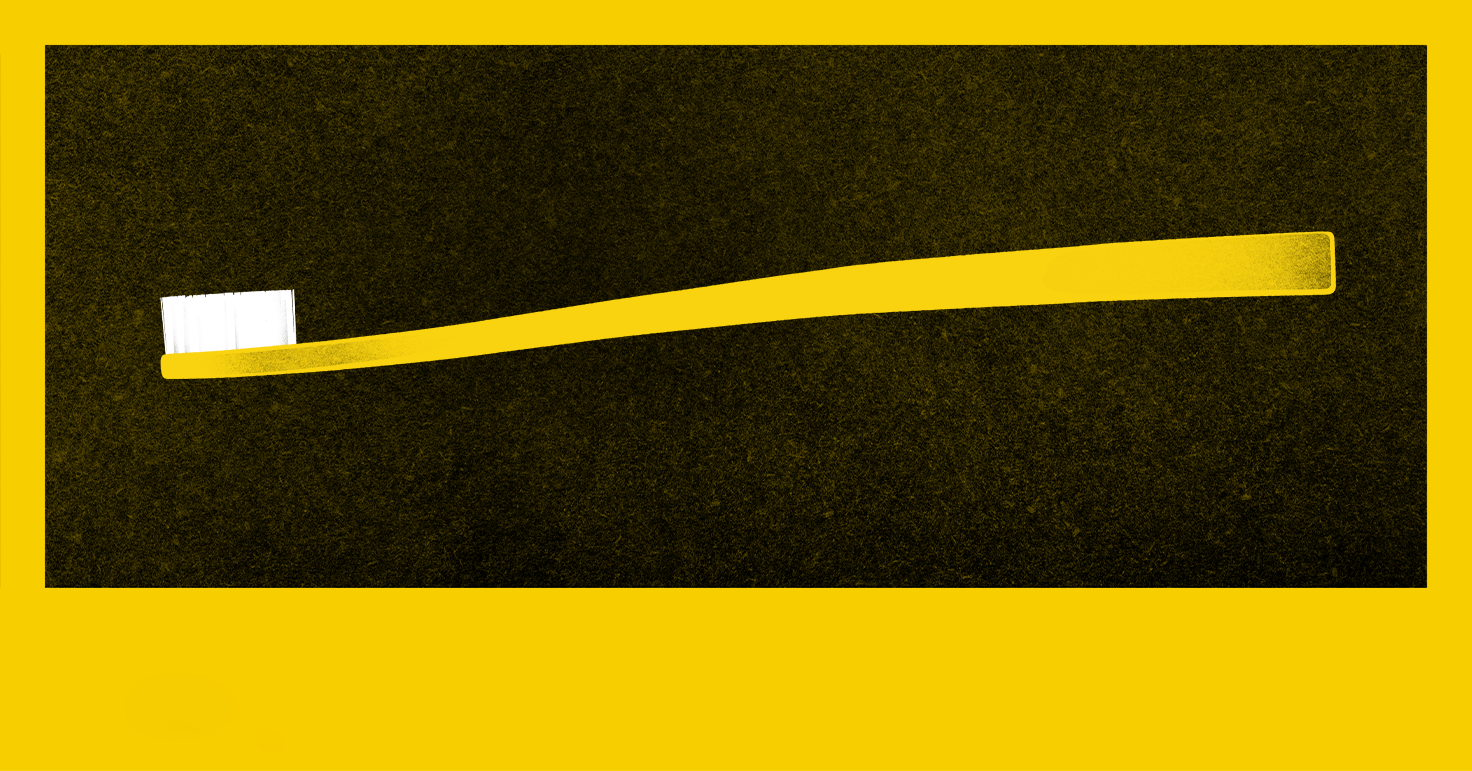September 12–November 23, 2025
The 15th Kaunas Biennial, Life After Life, curated by Adomas Narkevičius, brings together over 30 artists to reflect on the conditions and moods of transition and uncertainty. Opening on September 12 and 13 across multiple venues in Kaunas, this itinerant edition centres on temporal and emotional states that recur, stall, or remain unresolved. A moment that feels at once like an endless present looping back on itself and an after end-of-history interlude, though what, if anything, is shifting, remains unclear.
Life After Life approaches biennial-making as an adaptable form, if at times strained and overwhelmed. It works through shifts in scale, tempo, and tone, negotiating their friction as method. The exhibition unfolds against a backdrop of algorithmic decision-making, fractured trust and attention, the so-called “rules-based order”, and contemporary art’s role as a “democratising export”. The exhibition moves between structural and affective registers, tracing how conditions like anticipation, control, shame, or inertia take on aesthetic form. Informing Life After Life, the Baltic context, embodied by Kaunas, is one of overlapping modernities and suspended transitions. Episodes such as the interwar period and the economic shock-therapy years echo as unresolved, stuttering, or inert.
Life After Life explores uncertainty as subject and condition, experimenting with the biennial as a malleable structure, capable of reorganising the established dynamics of contemporary art’s social and aesthetic fluency. Embracing fandoms of diverse artistic practices and genres—whether conventionally categorised as “contemporary art” or not—it asks: if the globalised biennial format has reached an impasse with reality, what shape might the contradictions of the present take when they are no longer wished away?
Alongside newly-commissioned and recent works suggestive of historical pressure, emotional latency, and formal slippage, the exhibition absorbs smaller-scale projects that shift tonal registers and points of entry. Crossovers between contemporary art and other cultural formations, such as fan cultures, an art workers’ union, art-as-folklore-as-art, amplify the contradictions at stake.
Life After Life asks what kinds of forms hold the weight of uncertainty under conditions of social and historical fracture, and systemic exhaustion, and what slips through them?
Current list of artists and participants: Alex Mackin Dolan (USA), Anastasia Sosunova (Lithuania), Basel Abbas & Ruanne Abou-Rahme (Palestine / USA), Brianna Leatherbury (USA / Netherlands), Chuquimamani-Condori & Joshua Chuquimia Crampton, Coumba Samba (USA / UK), Cudelice Brazelton IV (US / Germany), Débora Delmar (Mexico / UK), Ella Fleck (UK), Ewa Poniatowska (Poland / UK), Gediminas G. Akstinas (Lithuania), Gerda Paliušytė (Lithuania), Jasper Marsalis (USA / UK), John Smith (UK), Kenji Ide (Japan), Ksenia Bilyk (Ukraine), Ksenia Pedan (Ukraine / Sweden), ‘One for sorrow, two for joy too’ co-curators: Lauren Auder (UK) & Tosia Leniarska (PL), Liudmila (Milda Januševičiūtė & Miša Skalskis) (Lithuania), Art Workers' Union Lithuania (Lithuania), Lulua Alyahya (USA / Bahrain), Max Göran (Sweden / Germany), Patricija Baronaitė (Lithuania), Paulius Janušonis (Lithuania), Paveldo institutas / Institute of Heritage (Lithuania), Pierre Allain (France), Rat Section, Richard Sides (UK), Ruoru Mou (Italy / Netherlands), Saulė Gerikaitė (Lithuania), Tolia Astakishvili (Georgia / Germany), Trương Công Tùng (Vietnam), Phung-Tien Phan (Germany / Vietnam), Violeta Dabrilienė (with Lina Lapelytė, Augustas Serapinas, Emilija Škarnulytė and an expanding list of collaborators).
Opening
On September 12 and 13, the opening weekend of Life After Life will present a programme of performances, contributions and other kinds of enmeshment from Paulius Janušonis, Rat Section, Doorman, Slauson Malone and an evolving list of participants.
Venues
The 15th Kaunas Biennial, embracing its itinerant structure, will unfold across a variety of significant venues, including the historic “Stumbras” distillery, established during the Tsarist era; the interwar-era Temporary M.K. Čiurlionis Art Gallery; and Kaunas Artists’ House, originally built in the interwar period to serve as a Vatican diplomatic residence, though never fulfilling this role. These, alongside other locations across the city, will underscore Kaunas’ ongoing transformation.
Collateral events
The 15th edition of Kaunas Biennial will be accompanied by a satellite exhibition presenting works by Lithuanian and Italian artists as a result of international collaborations with the Lyon Biennale (France) and CHRONIQUES—the Biennale des Imaginaires Numériques (France) in 2024 and Biennale Gherdëina (Italy) in 2025–26. The satellite exhibition will take place at “Meno parkas” Gallery and Kaunas City Museum’s branch at the Town Hall.
About the Kaunas Biennial: Founded in 1997, Kaunas Biennial stands as the largest and longest-running bi-annual contemporary art festival in the Baltic States. Initially focused on textile art, the Biennial has evolved to encompass a wide range of contemporary art forms, fostering international dialogue and engaging with critical social and cultural issues.
